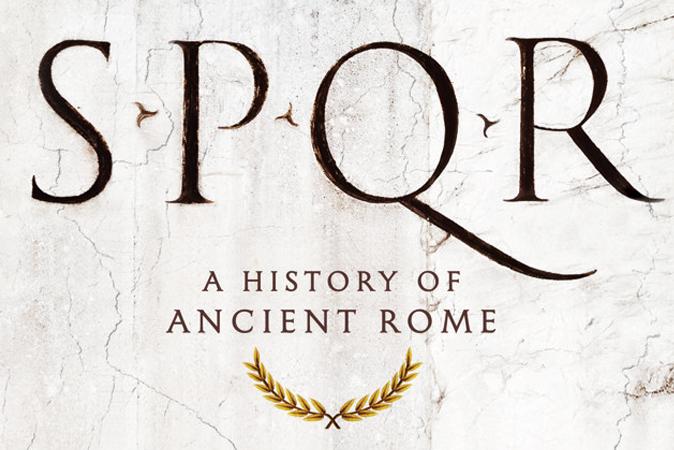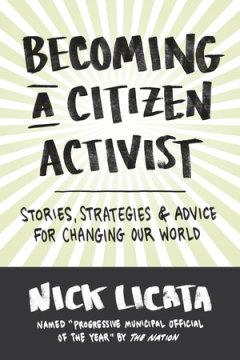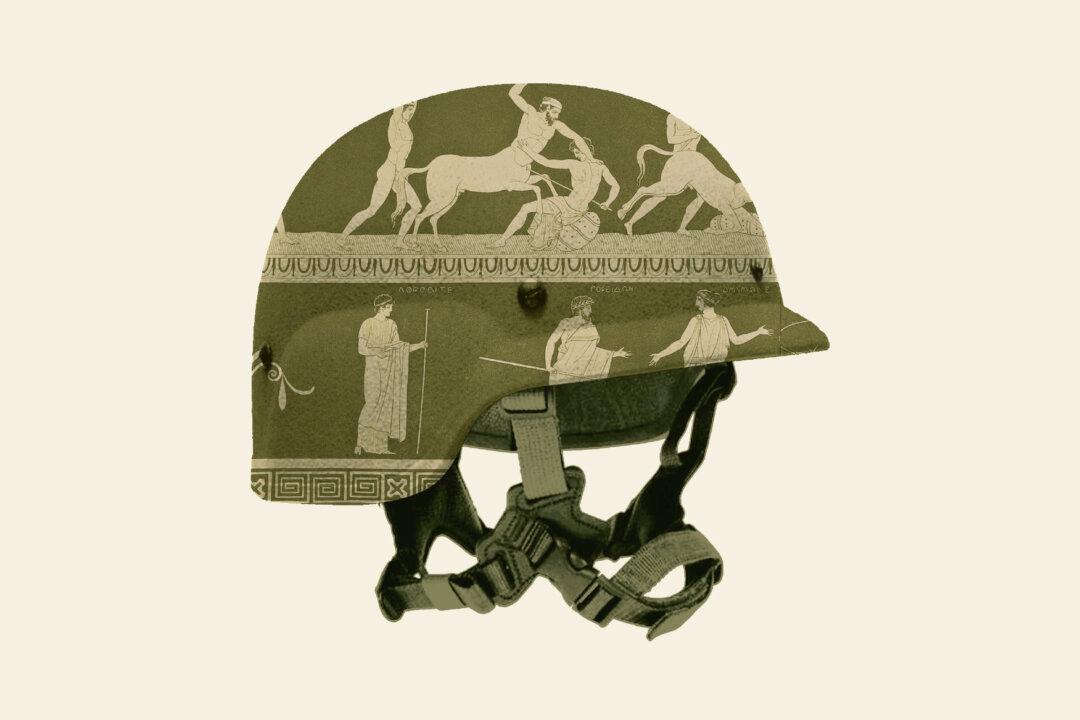The story of Rome is as abundant and expansive as the entire region of Europe. It would take endless books, excursions, and personal research to get a taste of what life was like in the constantly changing landscape of the Roman Empire. The average reader would surely shy away from this ancient world if he or she had no reason to visit it. After all, how could a 2,000-year-old empire be relevant in the age of smartphones and computers?
To tell Rome’s story in a way that is timely and comprehensible, one would need a guide like classicist Mary Beard—wise and incredibly daring. She tackles the daunting task of telling Rome’s story in her new book “SPQR,” the title referring to the motto of the Roman Empire—Senatus Populusque Romanus.
The greatest strength of 'SPQR' is its subtle humor.






